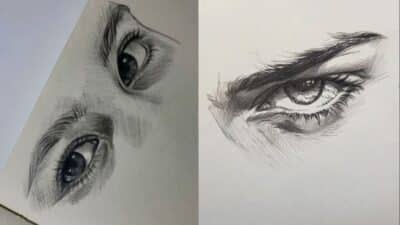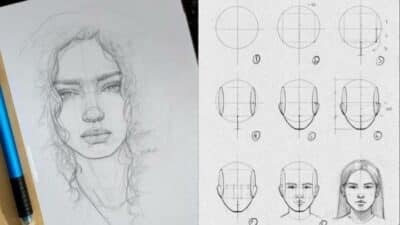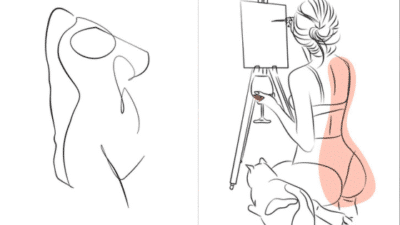Many artists start with an OC art base to save time and focus on creativity instead of drawing every detail from scratch. These bases act like simple templates, showing basic body shapes and poses. An OC art base provides a starting point that helps artists quickly build and customize original characters.
Using an art base allows artists to work on different ideas faster and try out new looks with ease. These bases come in many forms, from simple outlines to more detailed templates showing front and back views. They help keep proportions right and speed up the drawing process.
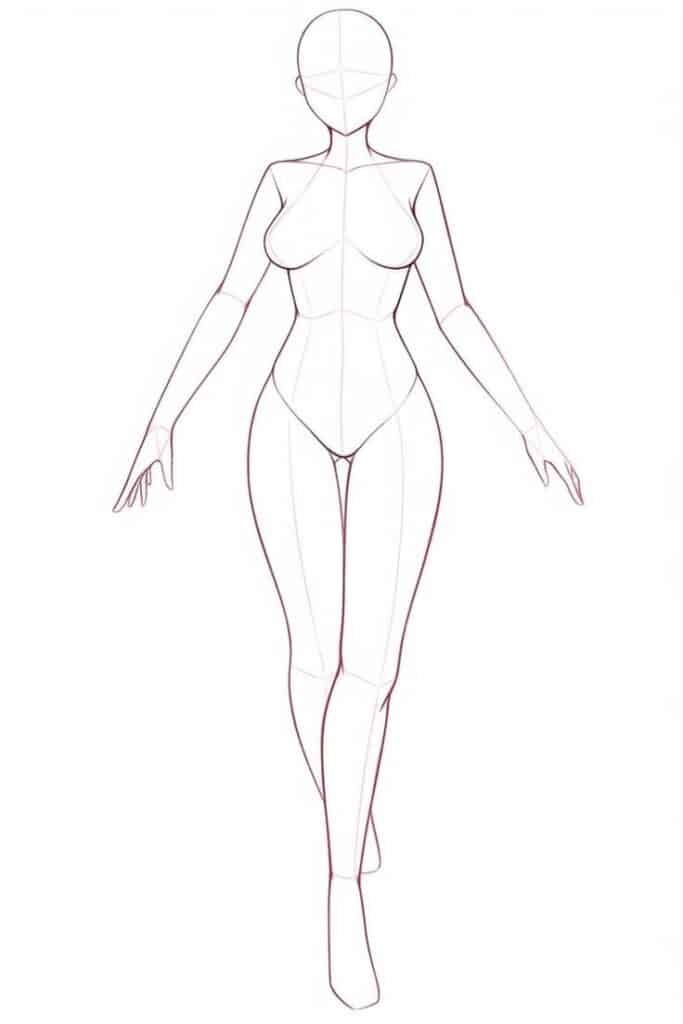
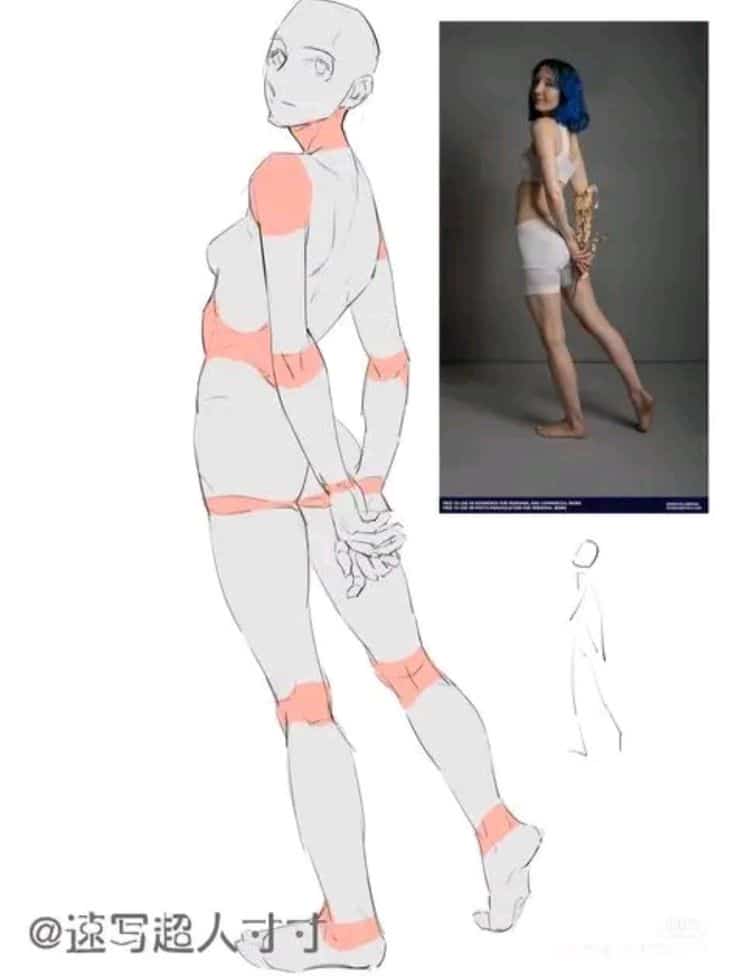
Fans and creators share and modify bases to fit their style or character needs. This open use lets people explore unique designs without starting every drawing anew. It also creates a community where artists share tips and help each other improve.
Key Takeways
- OC art bases are simple templates for creating characters quickly.
- They come in different styles to support various creative needs.
- Artists often share and customize bases within their communities.
What Is an OC Art Base?
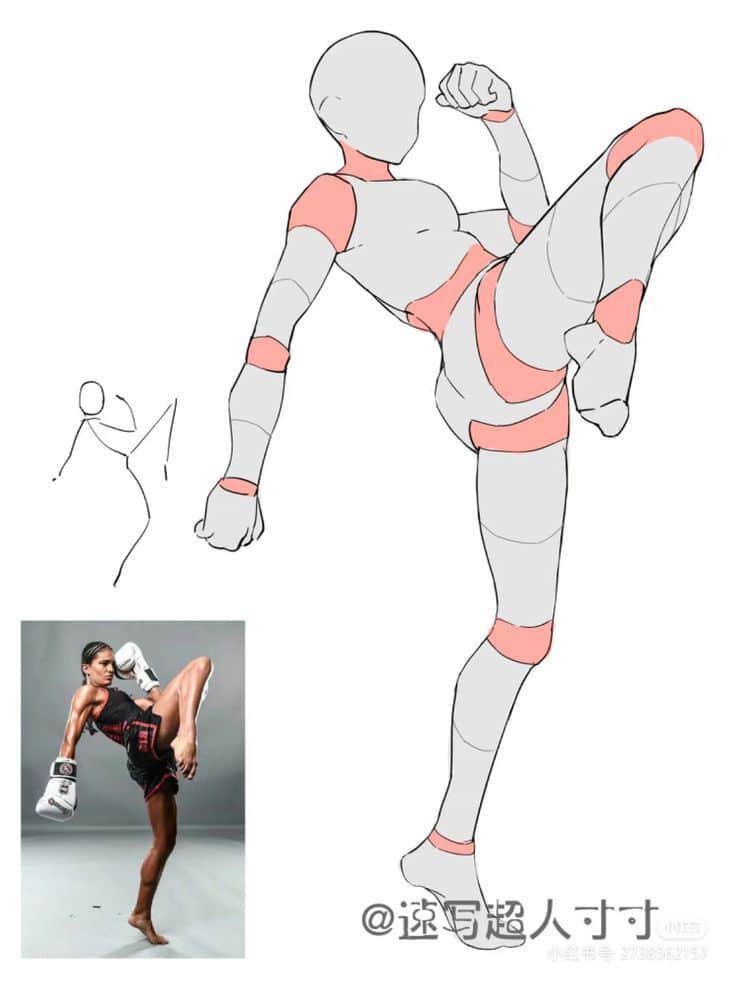
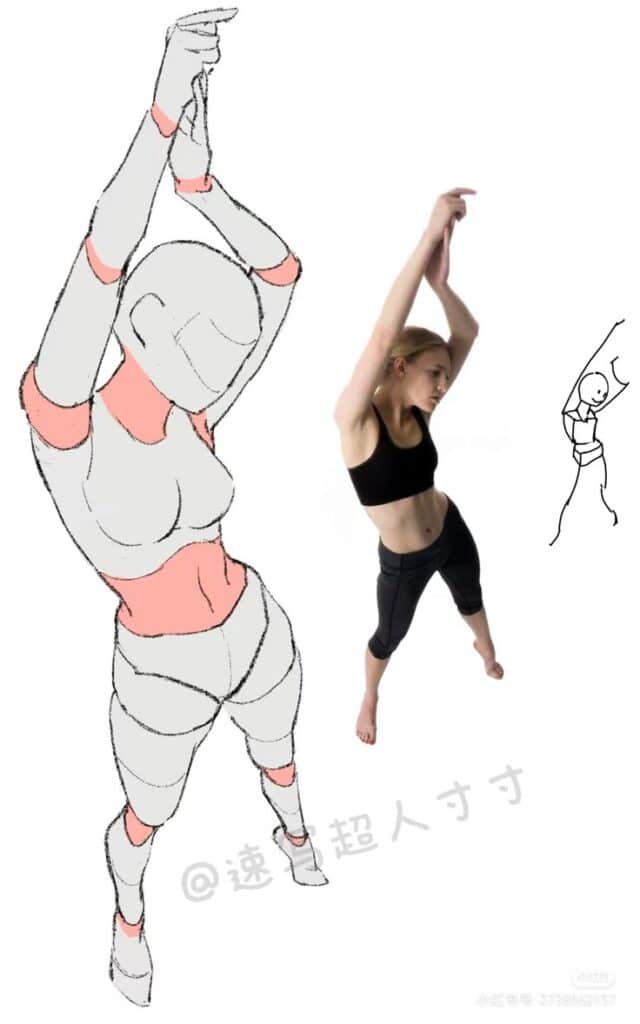
An OC art base is a simple drawing or template used to create original characters (OCs). It helps artists keep consistent poses and body shapes when designing different characters or creating new artwork. Bases save time by providing a starting point that can be easily customized.
Definition and Purpose
An OC art base is a basic figure drawing that artists use as a frame for their original characters. It usually shows a simple pose with minimal details like outlines of limbs and facial structure. Artists add clothing, colors, and features on top of this base to bring their OC to life.
The main purpose of an OC art base is to keep character drawings consistent. It helps artists maintain proportions and poses across multiple images. It also speeds up the creation process by avoiding redrawing the whole figure from scratch.
Bases allow artists with different skill levels to focus more on designing characters rather than constructing the body. This makes it easier for beginners to start drawing and for experienced artists to work faster.
History and Origins
The use of art bases began with fan communities and online art-sharing sites. Fans who create OC artwork wanted a quick and repeatable way to draw characters. They shared base templates to help each other with consistency.
Early art bases were simple pencil sketches or digital outlines. Over time, artists improved the detail and variety of bases available. They created different poses and body types to fit many OC designs.
Bases spread across various fandoms, especially where original characters were common. The art base idea grew alongside the rise of digital art platforms and social media, making sharing and customizing easier.
Popularity in Fandoms
OC art bases are very popular in fandom communities where people create their own characters based on existing stories or worlds. Fandoms like anime, cartoons, and video games often use bases to design unique characters that fit the fandom’s style.
Many artists share bases online to help others start their own OC designs. This sharing encourages creativity and collaboration. It also helps beginners join fandom art by giving them tools to build on.
Popularity comes from the simple way bases solve a common problem: drawing bodies repeatedly. They let artists focus on the parts that make each OC unique, like clothing, hair, and personality. This makes bases a key part of OC artwork culture.
Types of OC Art Bases
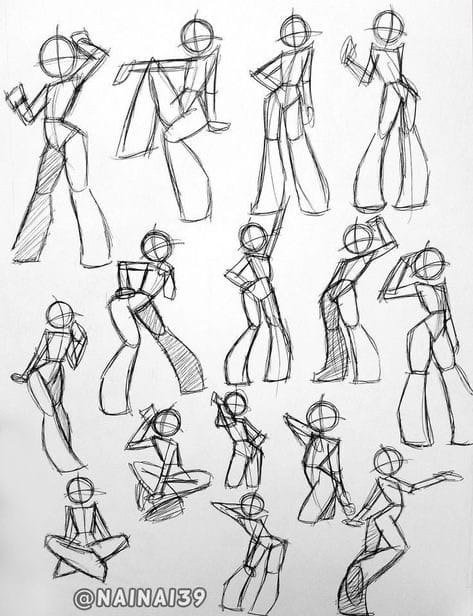
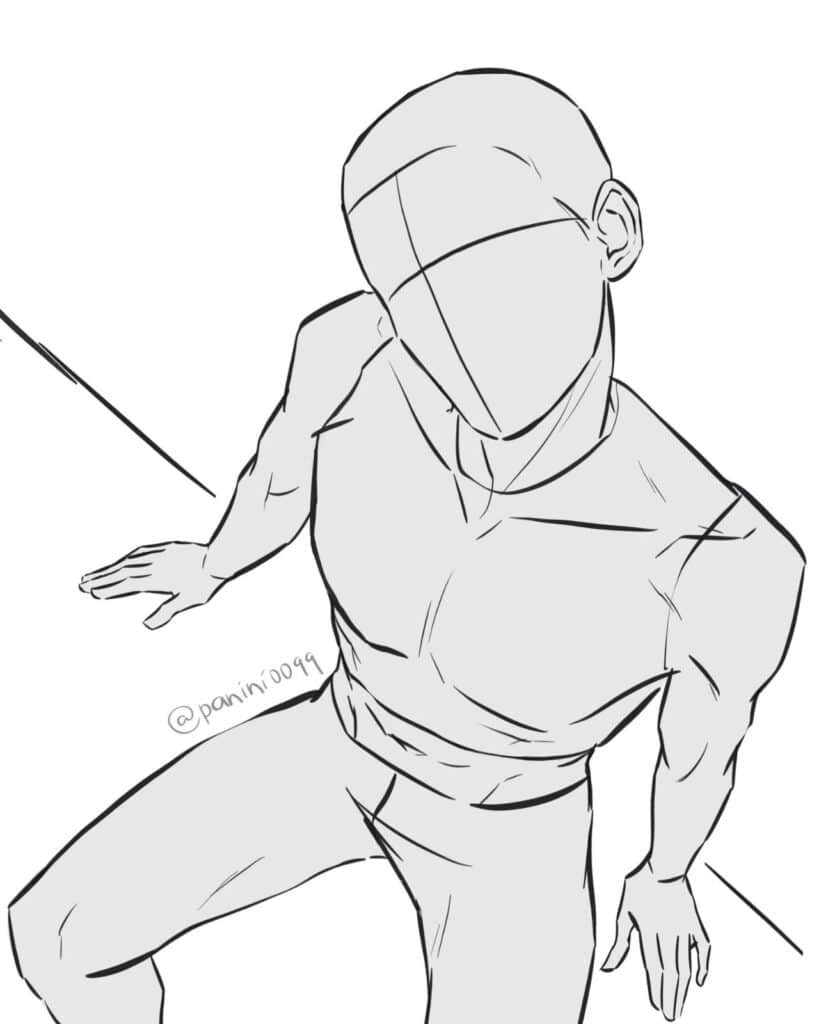
OC art bases come in different forms that help artists build characters quickly and clearly. Some are made with digital tools and shapes, while others rely on hand-drawn sketches. Each type suits different artist needs and styles.
Digital and Vector Bases
Digital OC art bases use software tools to create clean shapes and lines. These bases often rely on vectors, which are graphics made from points and paths instead of pixels. Vector bases allow artists to resize and edit without losing quality.
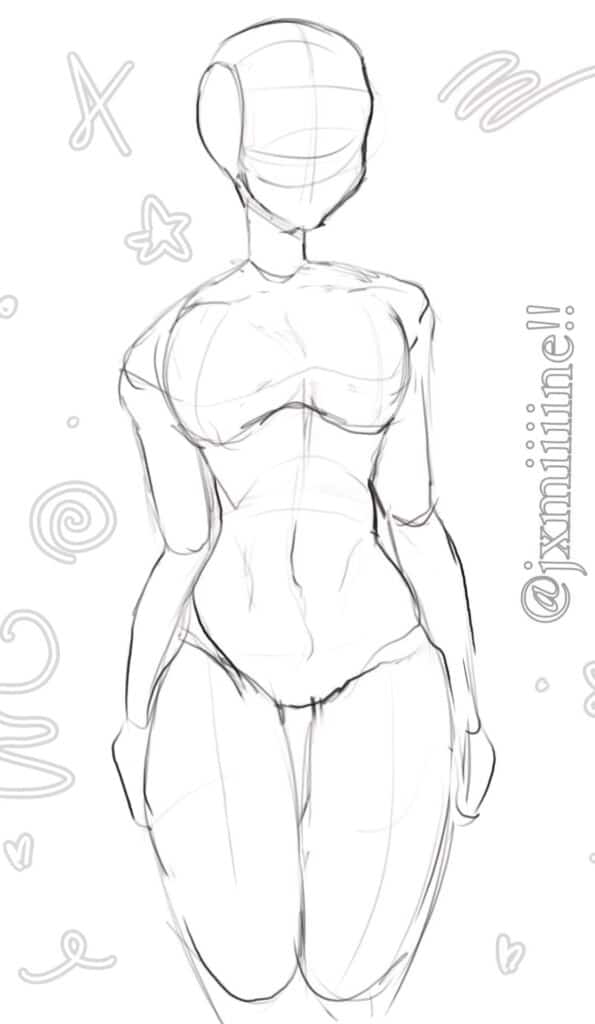
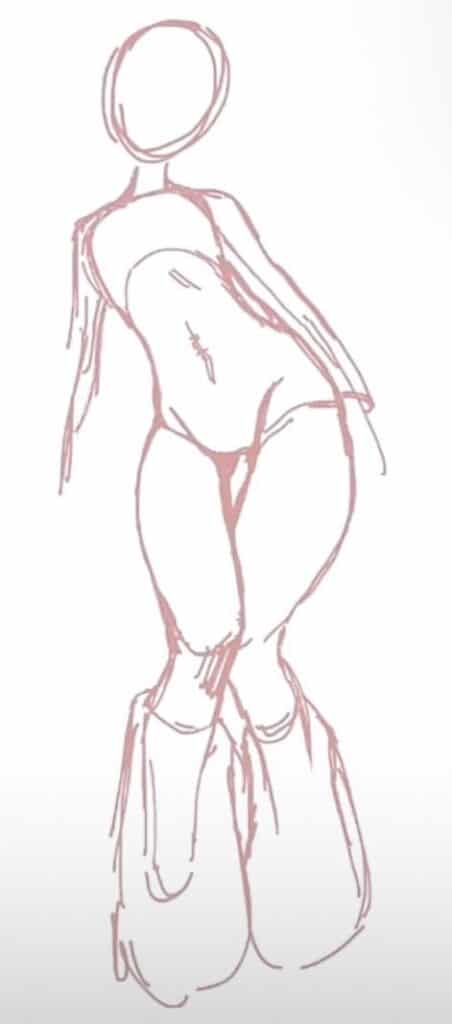
They help artists save time by providing ready-made poses, body shapes, and faces. These bases can be colored and customized easily. They work well for creating polished, consistent artwork, especially if the artist plans to use the base multiple times.
Digital bases often include layers, making it simple to separate parts like hair, clothing, or eyes. This flexibility helps artists focus on details without redrawing the entire character.
Traditional Sketch Bases
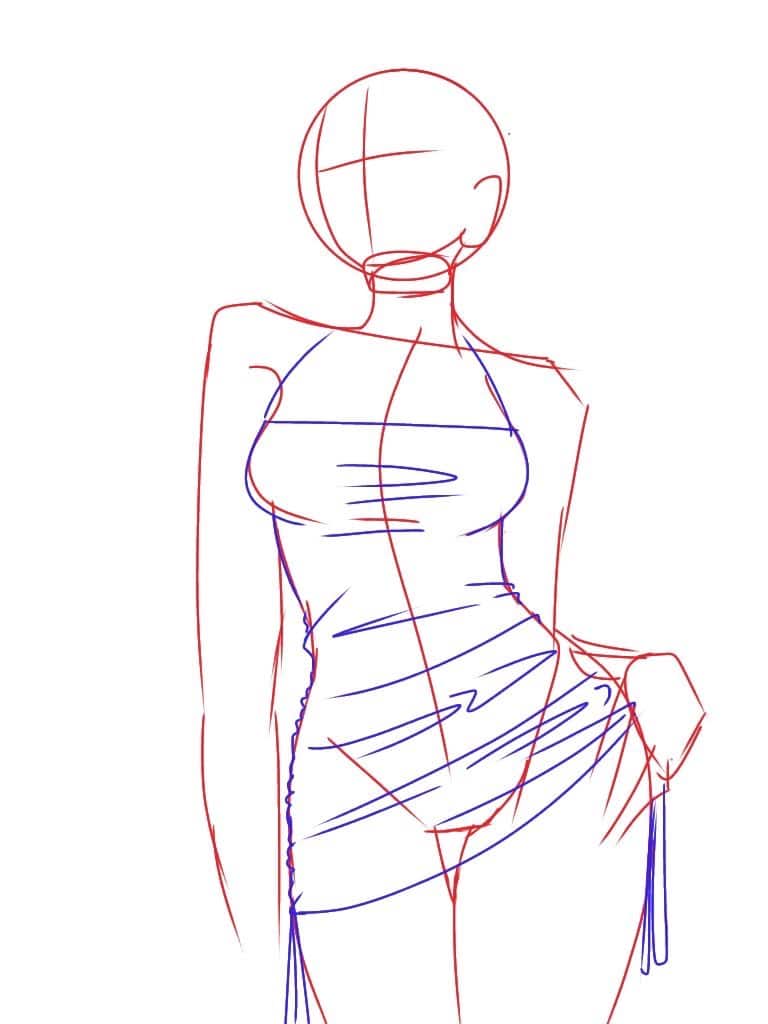
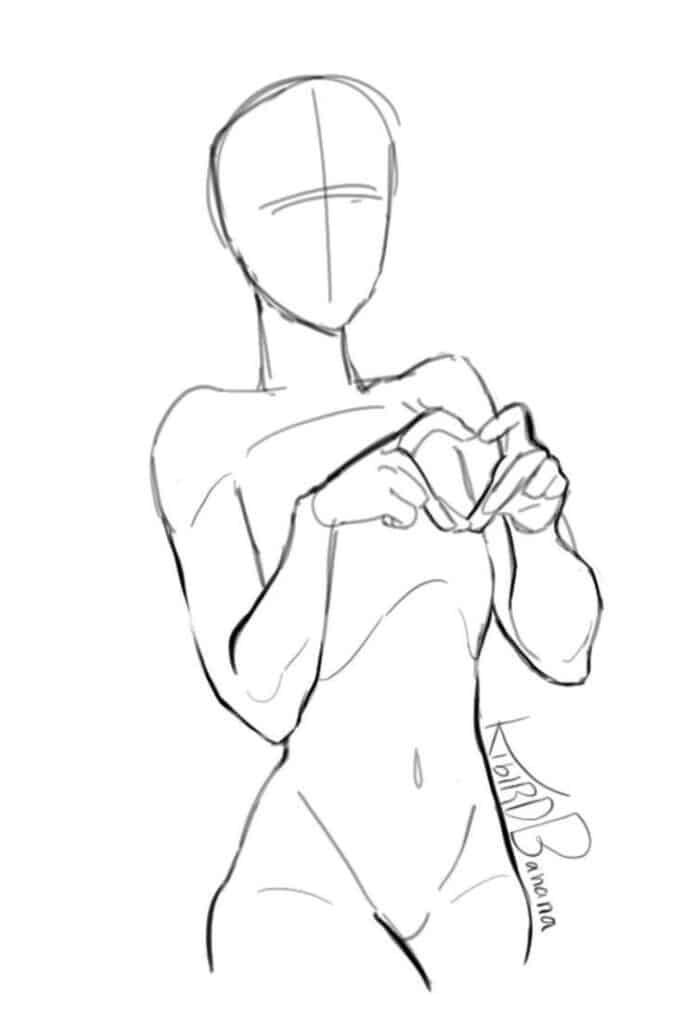
Traditional sketch bases are hand-drawn outlines or rough drafts. They are usually done with pencil or pen on paper before any color or detail is added. These bases give a more organic and personal feel to the character.
Sketch bases let artists practice shapes, poses, and proportions quickly. They work well for rough concepts or when an artist prefers a loose style. These bases can be scanned or redrawn for final artwork.
The simplicity of sketch bases allows a lot of freedom. Artists can erase, redraw, or add visible guidelines for features like eyes, noses, and hands. This makes them useful for learning and experimenting with new OC designs.
Key Features of Quality OC Art Bases
Quality OC art bases help artists create characters quickly and consistently. They offer clear guidance on the character’s form, pose, and style. Good bases make using colors, ink lines, and details easier for the artist.
Customization Options
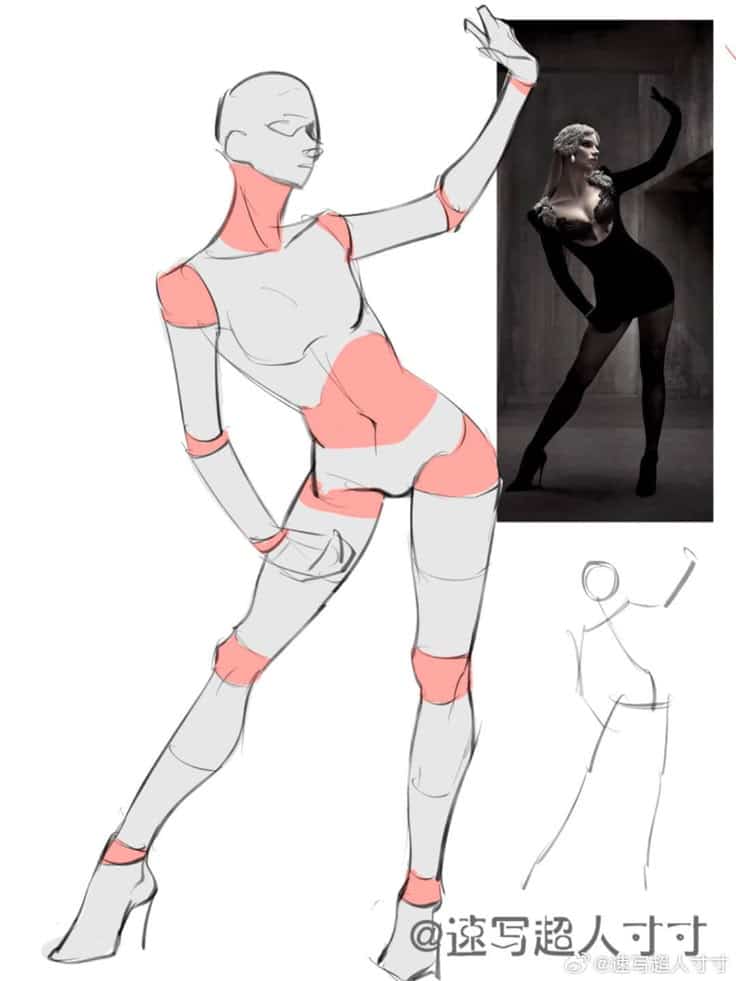
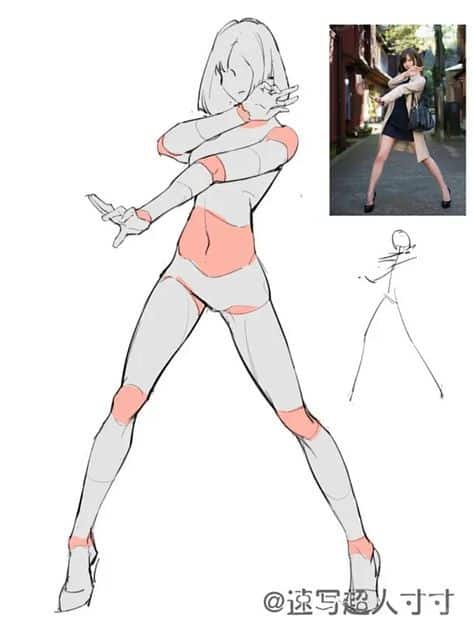
A good OC art base allows for many changes without breaking the overall design. Artists should be able to adjust clothes, hairstyles, and facial features easily. This includes changing the color areas separately so the OC can have unique looks.
Bases often come with layers where ink lines are clean and simple. This lets artists add their personal style to line thickness and shading. Having separate sections for eyes, hair, and clothes helps in coloring without mixing different parts.
Flexibility is important. The base should fit many character types, like humans, animals, or fantasy creatures. The options should match the OC’s personality so the final art looks unique and clear.
Anatomy and Proportions
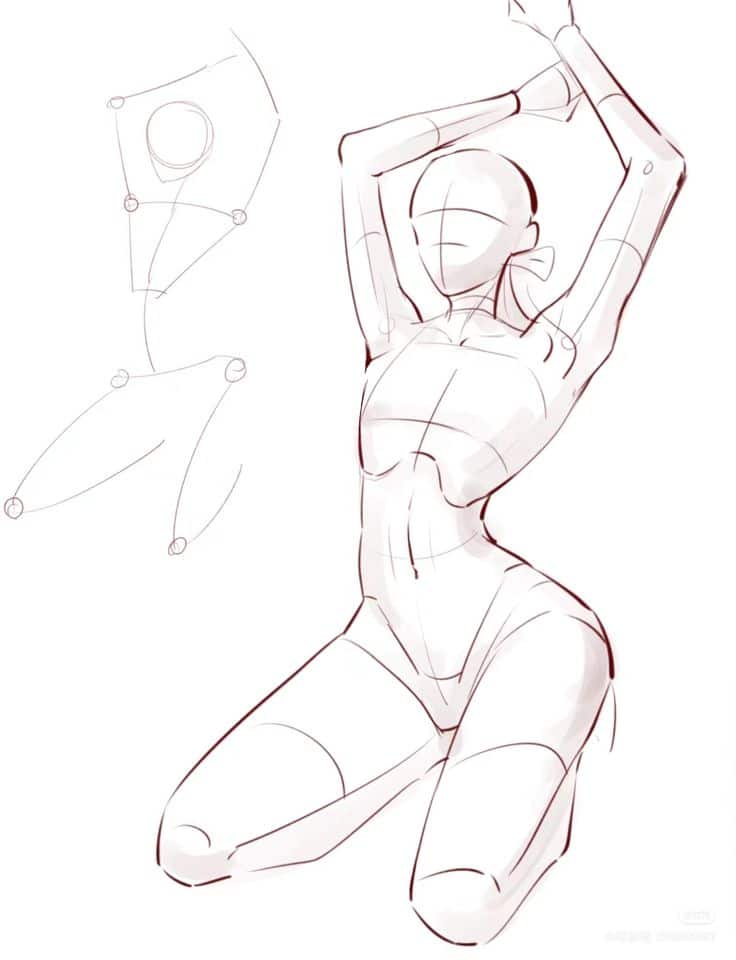
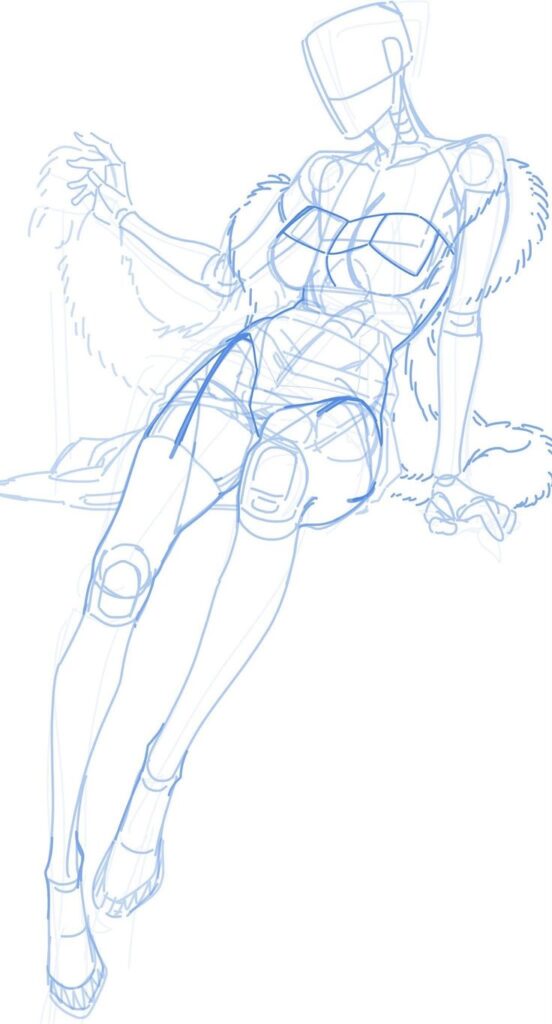
Correct anatomy and balanced proportions are key in a good base. The shapes must reflect natural body parts, even when simplified. This makes the OC look believable and consistent in different poses.
Proportions should fit the style, whether realistic or cartoonish. For example, heads might be bigger in chibi styles and smaller in realistic ones. The limbs and torso should be in the right size to hold poses well.
A clear outline for hands, feet, and face helps artists place features with ease. Showing joints and muscle hints on the base can guide artists when changing poses. This keeps the OC from looking odd or awkward after edits.
How Artists Use OC Art Bases
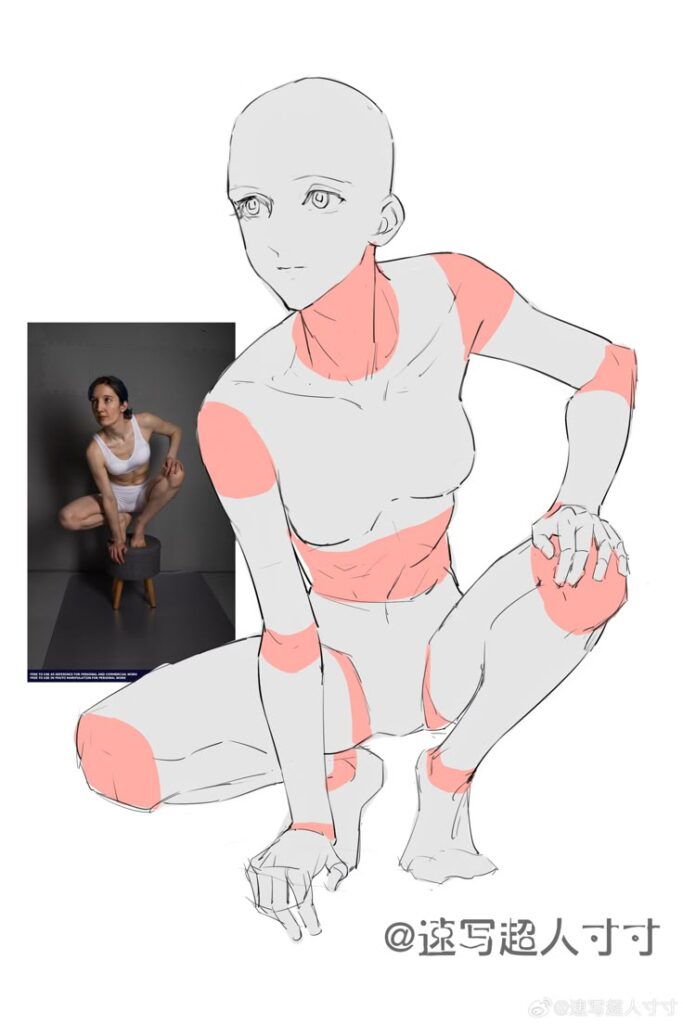
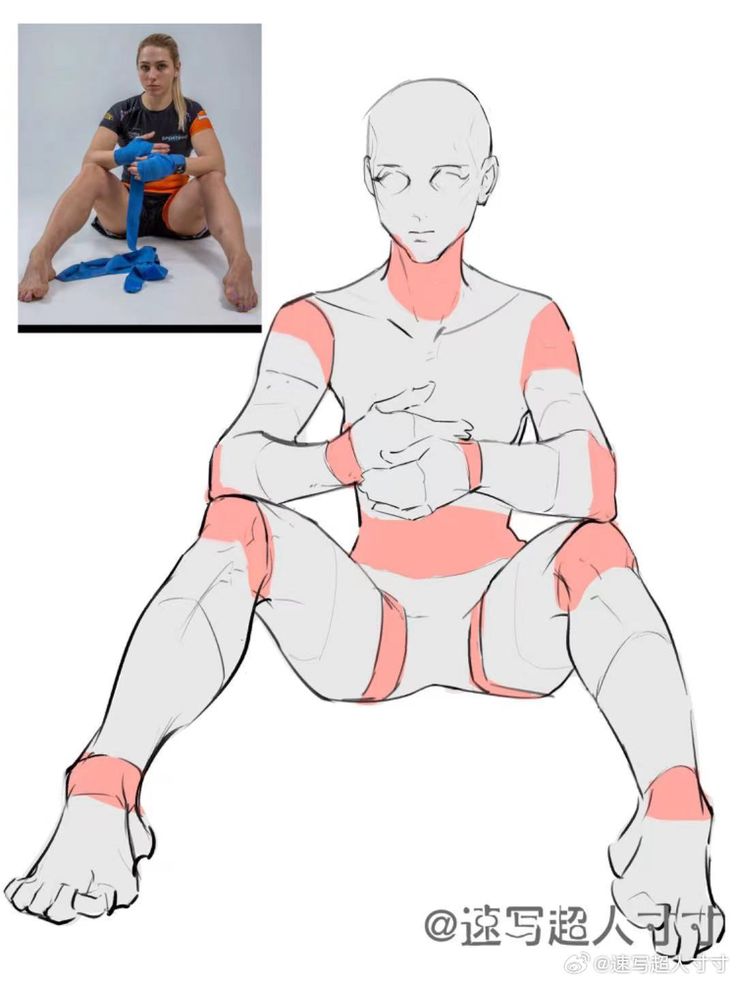
Artists use OC art bases in different ways to build their characters quickly and share ideas. These bases help with drawing poses and shapes, making the creative process easier. They also support connection among artists and encourage learning.
Personal OC Creation
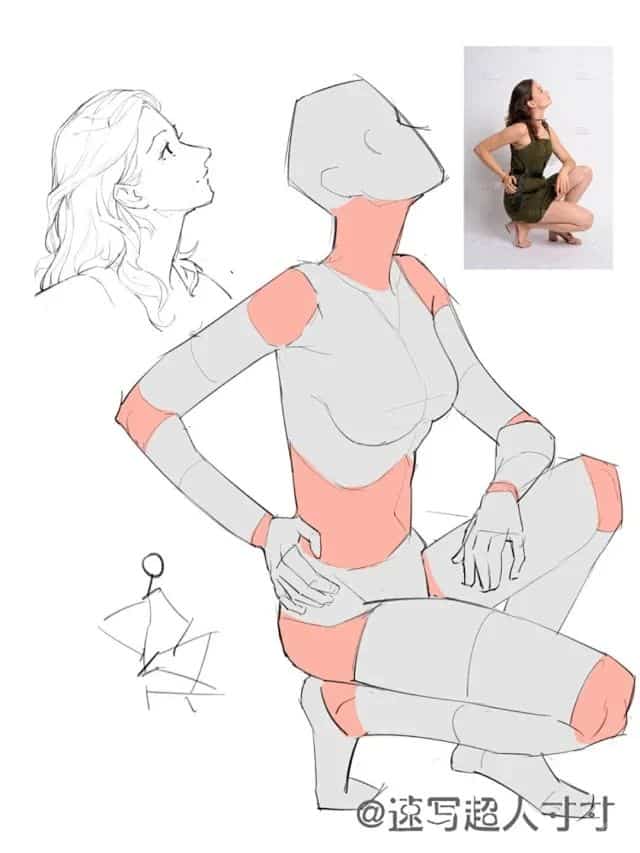
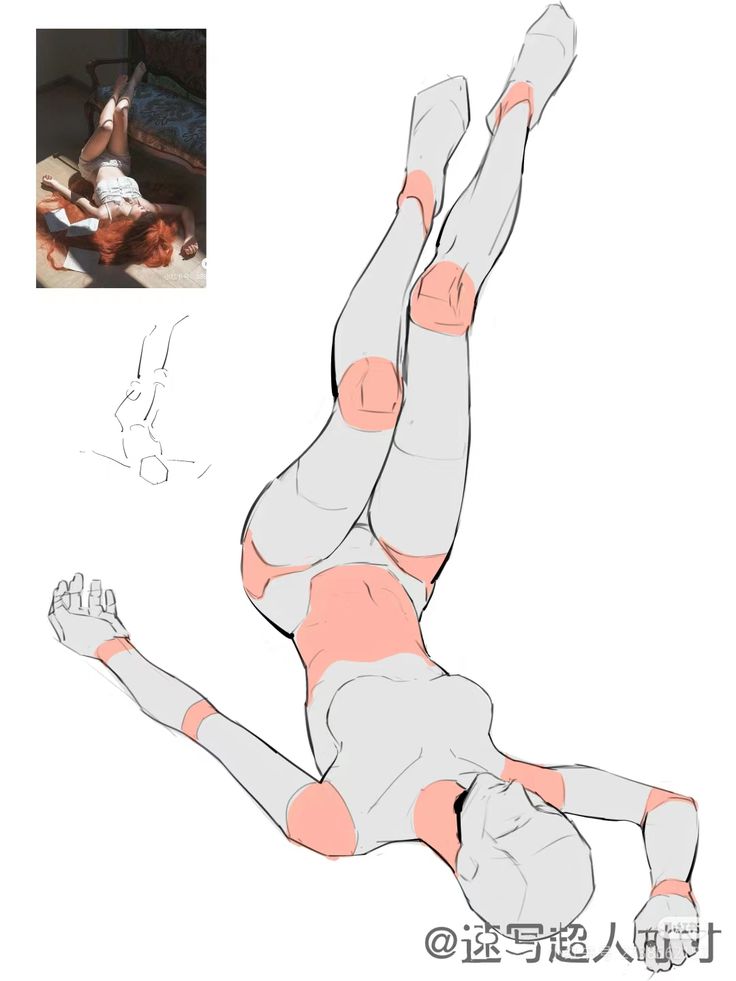
Many artists use OC art bases to draw their own original characters faster. The bases provide a ready-made body or pose that artists can change by adding clothes, colors, and facial features. This saves time on sketching every part from scratch, especially for artists still learning anatomy.
Artists often pick bases that are free to use and made for tracing. They adjust the base to fit the personality and style of their character. This method allows creators to focus more on details like costumes and expressions instead of starting the entire drawing with a blank page.
Community Collaboration
In art communities, OC bases help artists work together and learn from each other. Some artists share their bases with clear rules about how others can use them. This builds trust and encourages beginners to practice safely without breaking copyright.
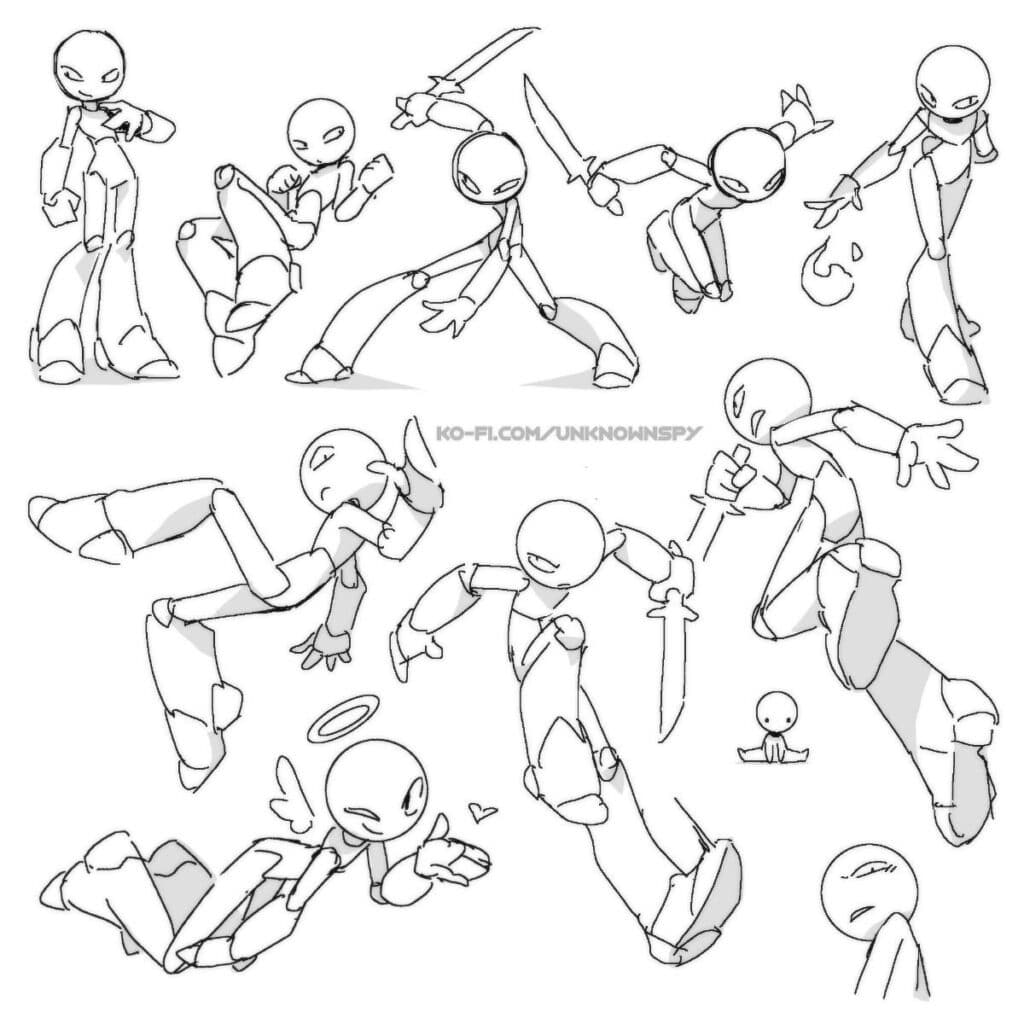
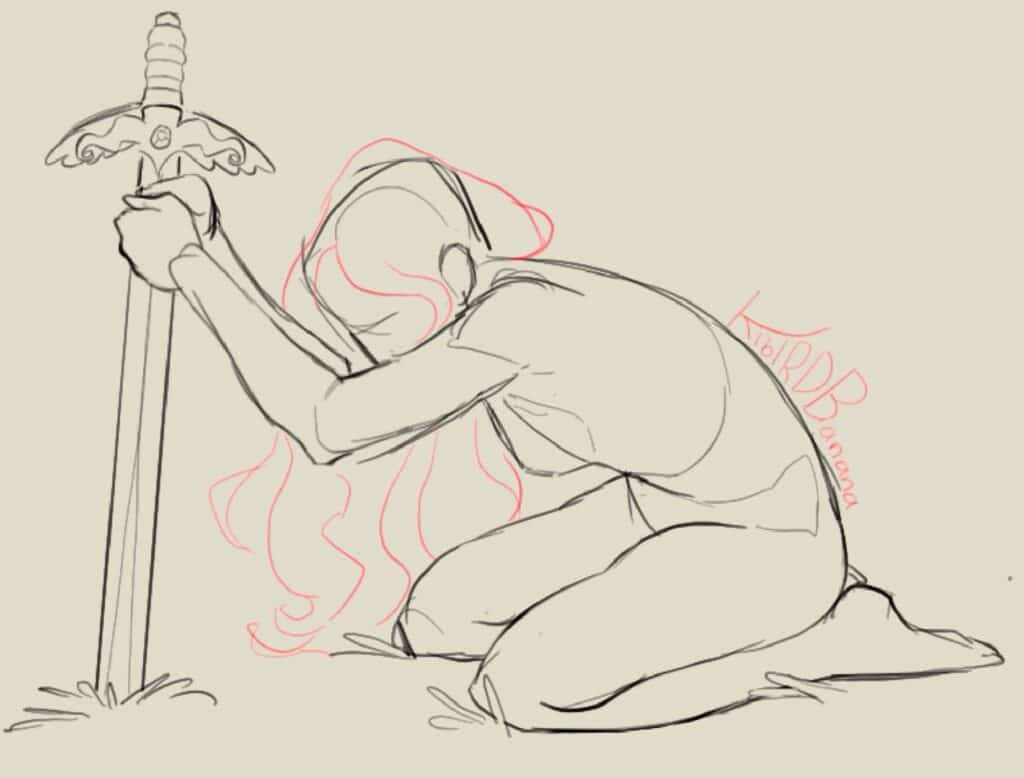
Bases also allow different artists to redesign the same character pose or concept in their own style. This fosters creativity and gives feedback chances in groups or forums. Community bases often come with challenges or contests that motivate artists to improve their skills while having fun.
Customization Elements
Customizing an OC art base involves choices that shape a character’s look and personality. Most of the customization focuses on hair styles and clothing pieces. Picking the right colors and styles helps make the character unique and visually interesting.
Hair and Hairstyles
Hair is one of the first things people notice about an OC. Different hairstyles can show personality traits, like neat buns for serious characters or messy curls for carefree ones. The length and style—short, long, straight, or wavy—also affect the character’s vibe.
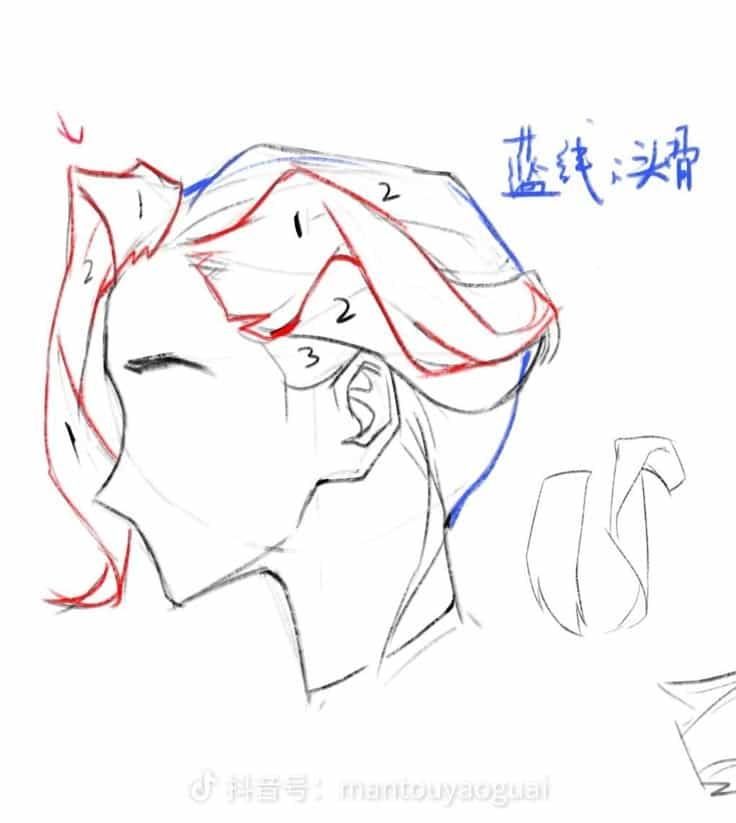
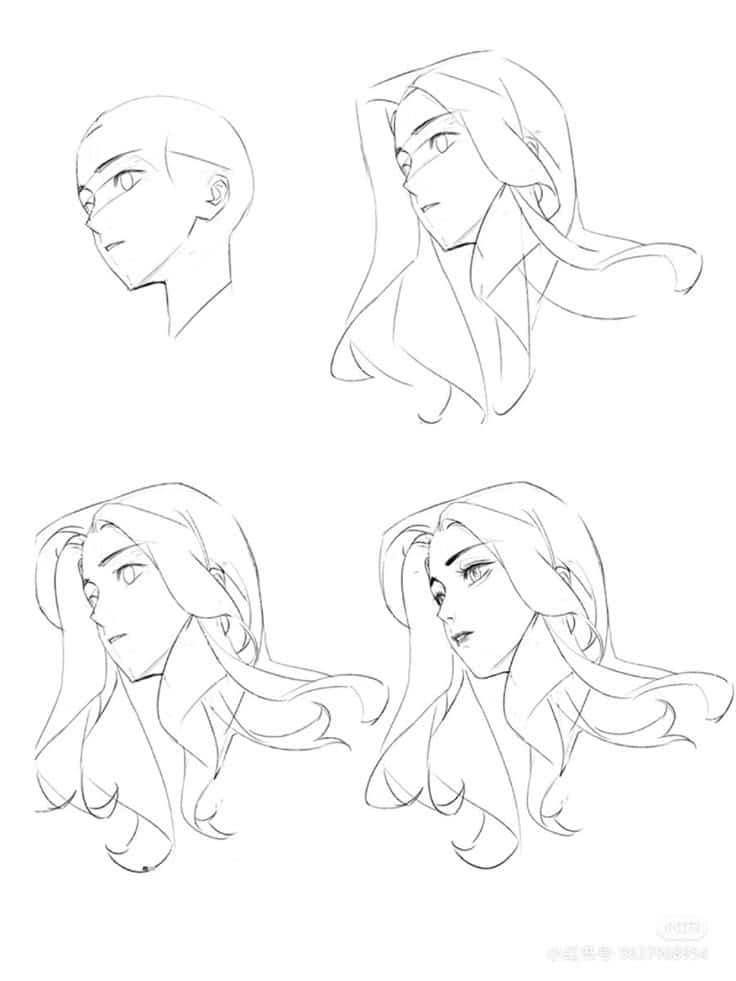
Color plays a key role in hair design. Common choices include natural shades like brown and black or bright colors like blue and pink. Different hairstyles may require layers or highlights to give depth and style.
Many bases allow for easy swapping of hair pieces. This flexibility lets creators mix and match to best fit their OC’s look. Simple details, such as bangs or accessories like clips and ribbons, add extra flair to the hair design.
Clothing and Accessories
Clothing defines a character’s role and personality through style and color. Simple outfits like t-shirts and jeans give a casual feel, while armor or robes suggest fantasy or combat roles.
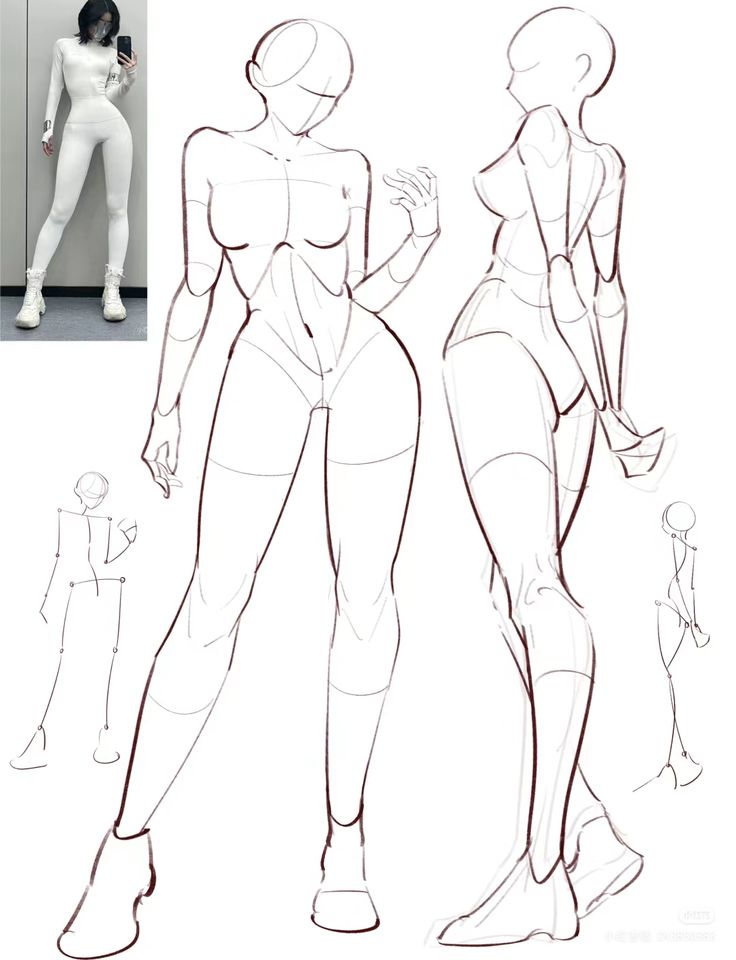
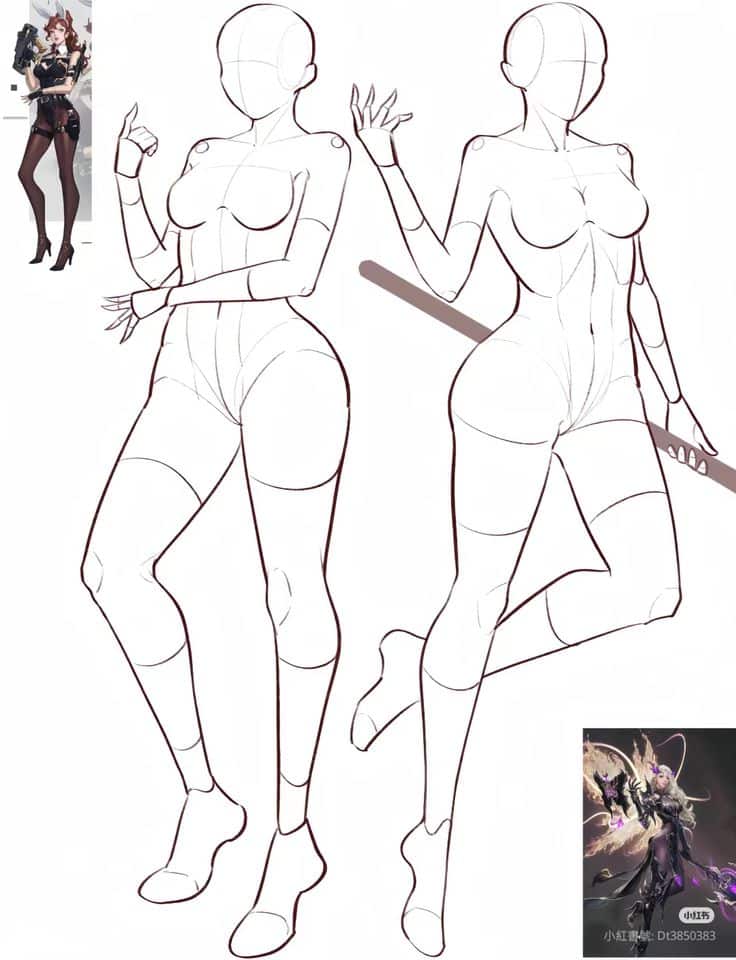
Colors in clothing help set moods. Dark tones might make a character look serious, while bright colors show energy. Details like buttons, stitching, or patterns create variety.
Accessories like hats, glasses, or jewelry bring depth to a character. They can be cultural items or related to the character’s backstory. These small additions often make an OC art base feel complete and unique.
Techniques for Enhancing OC Art Bases
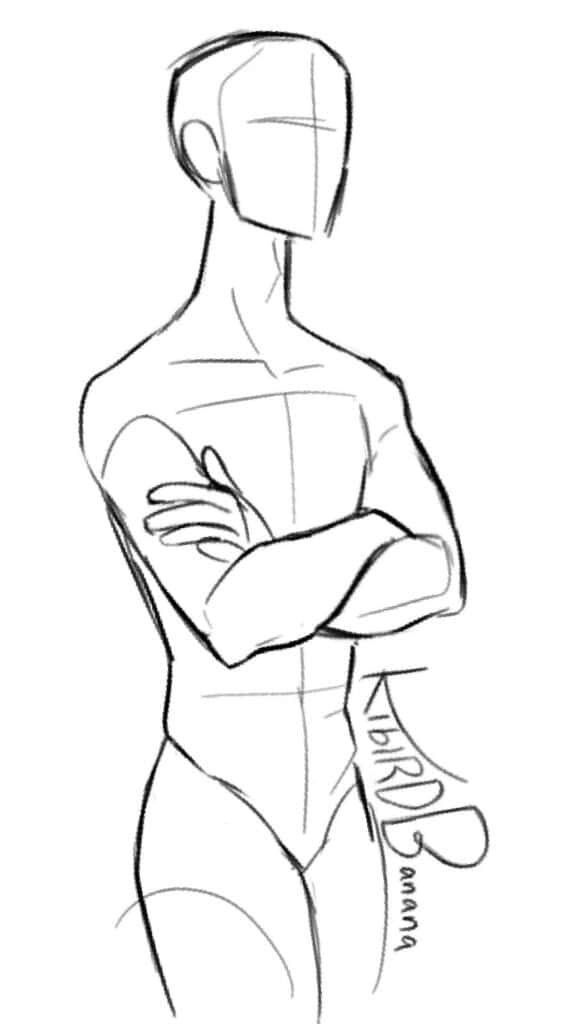
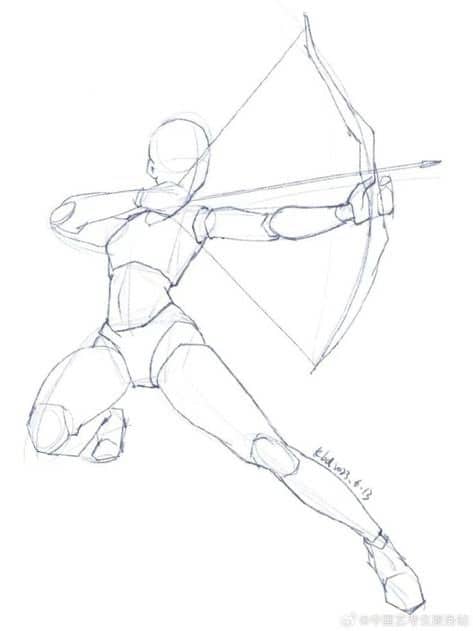
Enhancing an OC art base means focusing on details that make the character look more lively and realistic. This includes working on the lighting and shading to give depth and mood. Another important step is adding backgrounds, which help set the scene and support the character’s story.
Adding Lighting and Shading
Lighting and shading create volume and shape on an OC base. Artists usually start by picking a clear light source. This helps decide where to put highlights and shadows. Highlights show where the light hits directly. Shadows form where parts of the body or clothes block the light.
Using soft shading can give a smooth look, especially for skin and fabric. Hard shading defines edges and adds sharp contrast. Many artists use layers in digital art to separate shading from line art. This keeps the ink clean and the base sharp.
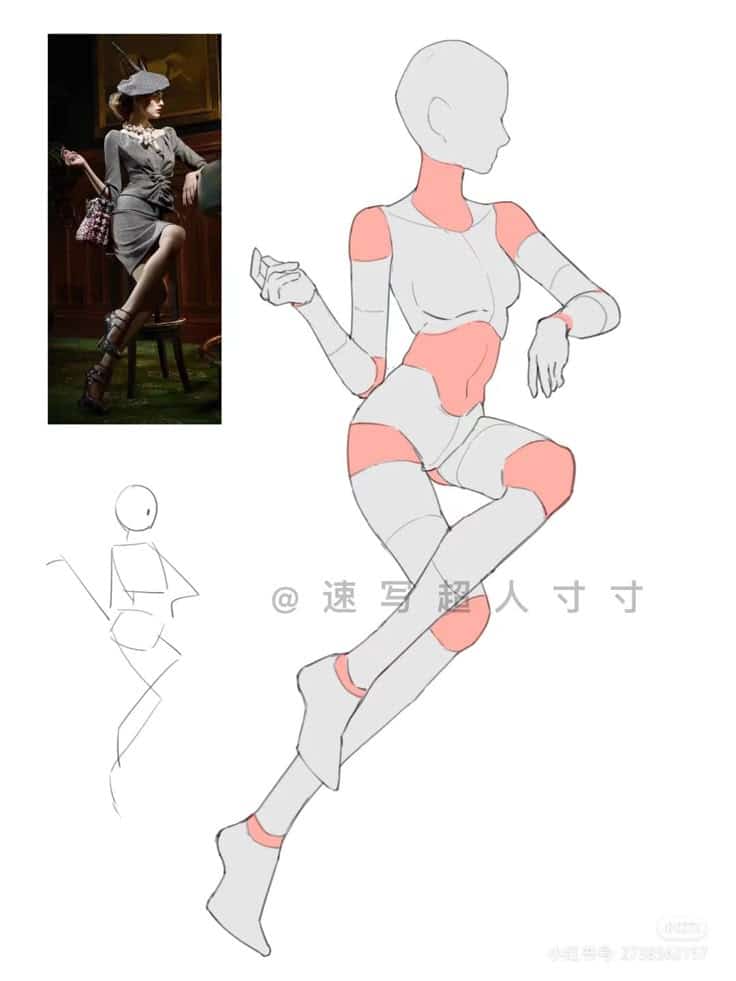

A simple technique is to use a mid-tone base color, then add a lighter shade for highlights and a darker one for shadows. Paying attention to the light’s color, such as warm or cool tones, also improves the mood. Proper shading makes the OC base feel more 3D and alive.
Designing Backgrounds
Backgrounds should match the character’s style and story without overpowering them. Simple backgrounds with soft colors or shapes help the character stand out. Adding elements like trees, buildings, or furniture can give context to the OC.
Using layers for the background allows artists to adjust its details without affecting the character. Light backgrounds work well for dark or colorful characters, and dark backgrounds suit lighter figures.
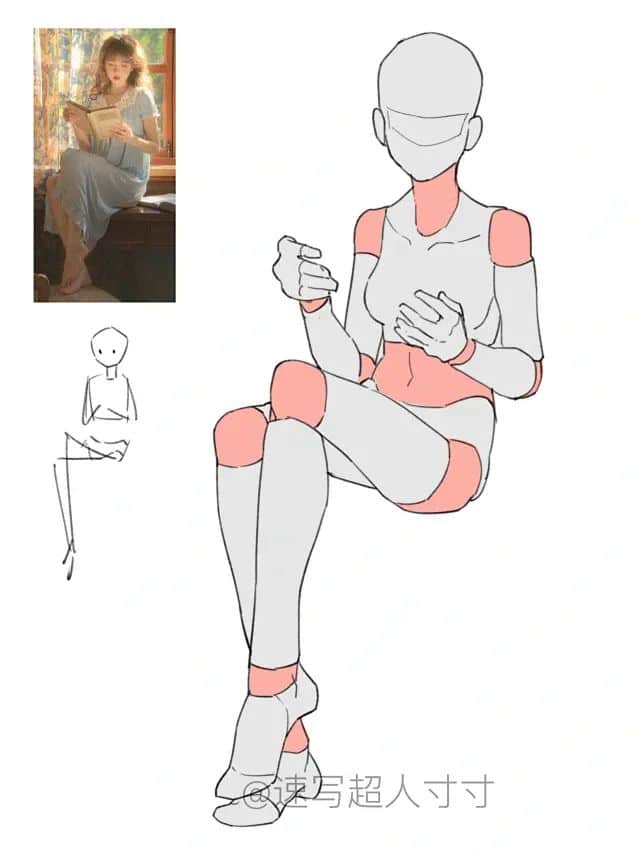
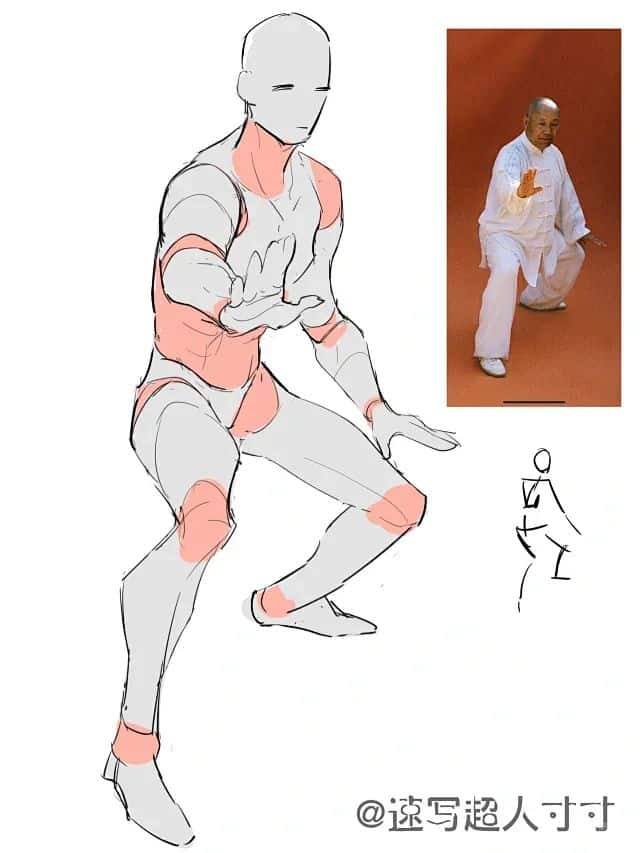
Textures like brush strokes or patterns add interest without making the scene too busy. The key is balance: the background should support the art base, not distract from it. A well-chosen background ties the image together and helps viewers understand the OC’s world.
Participating in the OC Art Base Community
Active involvement in the OC art base community helps artists grow and connect with others who share similar interests. Sharing bases and respecting credit make the experience smoother for everyone. These actions support trust and respect among community members, boosting collaboration.
Finding and Sharing Bases
Artists can find OC art bases mainly on websites, social media groups, and fan forums. Popular spaces include DeviantArt, Twitter, and fan communities on platforms like Reddit. These bases serve as starting points for creating original characters without drawing from scratch.
When sharing bases, clear information about how others can use them helps build community trust. Artists often include permissions, such as allowing edits but not tracing. Sharing bases with open permission encourages creativity while setting clear rules.
It is useful to join communities focused on OC art to exchange bases and ideas. Some groups hold challenges or collaborations that motivate artists to try new styles. Participating in these events also helps members get feedback and increase visibility.
Attribution and Artistic Credit
Giving credit to base creators is essential for respect and fairness. When using a base, artists should acknowledge the original artist by tagging or mentioning them in descriptions. Proper credit supports creators and encourages them to share more resources.
Failing to credit or claiming a base as one’s own can cause conflicts in the community. It may lead to blocked accounts or removal of artwork from platforms. Respecting credit rules keeps relationships positive and protects artists’ rights.
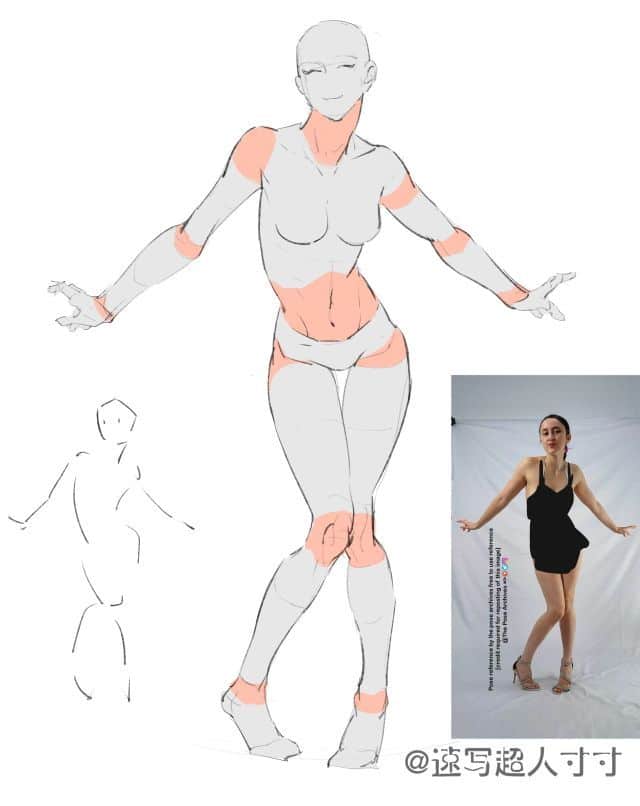
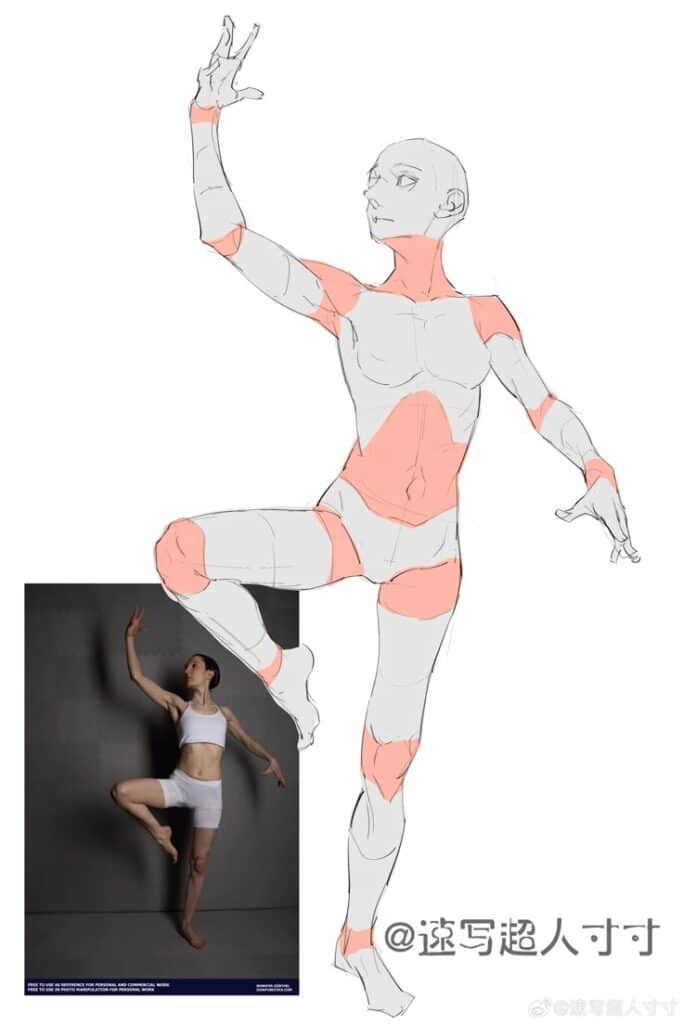
Using clear tags like “Base by [Artist’s Name]” or linking to the creator’s page is a good practice. If unsure about permissions, contacting the base creator before use avoids misunderstandings. Honest communication strengthens the community and its creative flow.
Commissions Involving OC Art Bases
Many artists offer commissions using OC art bases to help clients create personalized characters faster. Requesting a custom base involves clear communication about style, details, and use. Pricing and copyright matter a lot to both artists and clients, ensuring fair work and proper usage rights.
How to Request a Custom Base
To get a custom OC art base, a client needs to contact the artist through their preferred platform, such as DeviantArt or Etsy. The client should provide details like character pose, style, colors, and special features they want.
Clear instructions help artists understand expectations. Sometimes, clients share references or examples. It’s important to ask if the artist has a commission sheet listing services and prices.
Payment methods often include PayPal or points on specific sites. Artists may require a deposit before starting work. Clients should also agree on deadlines and how many revisions are allowed to avoid confusion.
Pricing and Copyright Considerations
Prices for OC base commissions vary by artist skill, detail level, and usage rights. Simple bases usually cost less, while full-body, colored, or animated bases cost more.
Artists often set rules for how clients can use the base. Some allow personal use only, while others permit selling art made with the base. Clients should check if the base comes with a license or terms of use.
Copyright belongs to the artist until they transfer rights. It’s common to keep ownership but offer limited rights for specific uses. Misuse, like reselling the base itself, is usually prohibited and can lead to disputes.
Clients should read the commission terms carefully before payment to avoid legal or creative issues. Transparency between artist and client creates a smoother experience.
Frequently Asked Questions
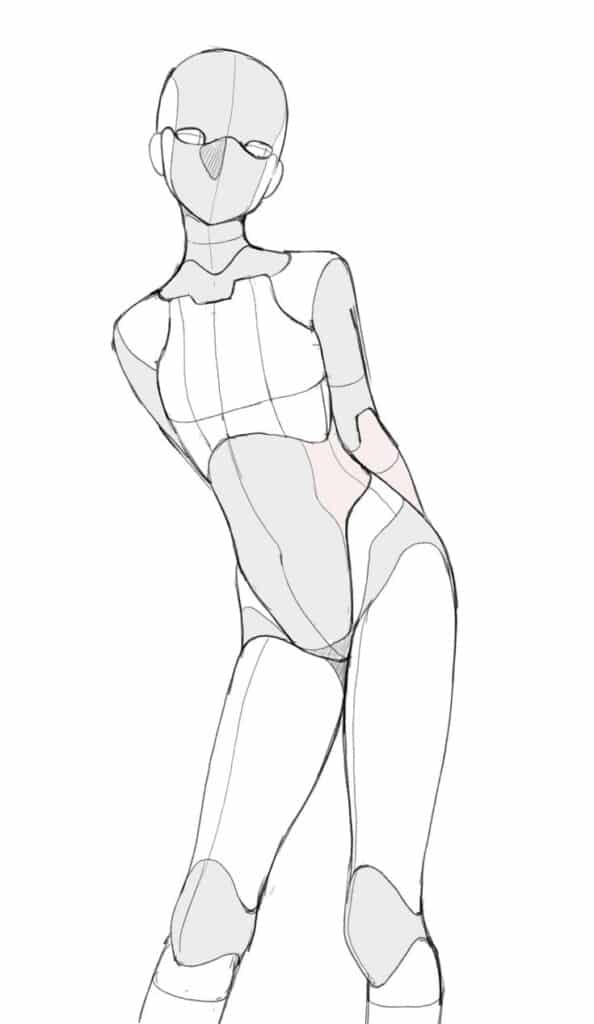
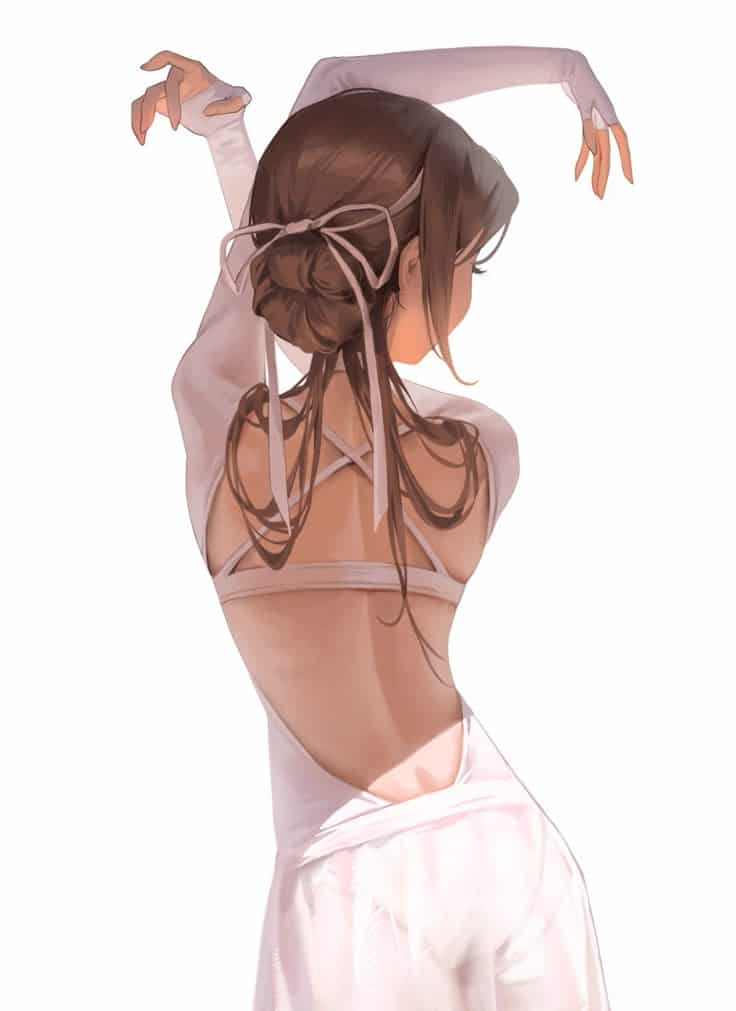
Using an art base for creating an original character (OC) often involves choices about design, sources, and legal use. Artists should also consider how to add details like hairstyles, select poses, and recognize quality in bases to make their characters distinct and effective.
How can I use an art base for my original character design?
An art base provides a simple outline to build on. Artists can add details such as clothing, facial features, and colors to match their OC’s personality. It helps focus on design without starting from scratch.
What are the best sources for finding free OC art bases?
Free art bases often appear on art community websites, social media, or creator blogs. DeviantArt and Tumblr are common places where artists share bases for free. Always check if the creator allows reuse and follow their rules.
How do I incorporate hairstyles when using a female OC art base?
Hairstyles can be drawn separately or edited over the base. Artists adjust length, style, and flow to fit the character’s look. Some bases come bald or with minimal hair, allowing full customization.
Can I legally use an OC art base for commercial purposes?
Most free art bases are for personal use only. Commercial use typically requires permission or a specific license from the original creator. Always read the terms or ask the artist before selling work made with a base.
What should I consider when choosing a pose for my OC using an art base?
Choose a pose that fits the character’s personality or story. Consider body language, action, and balance. The pose should make the character look natural and help express their mood or role.
What distinguishes a high-quality OC art base from others?
A high-quality base has clean lines, good proportions, and clear shapes. It should be easy to edit and flexible for different characters. Good bases often include separate layers or transparent backgrounds for easier work.
- 6.4Kshares
- Facebook0
- Pinterest6.4K
- Twitter0

